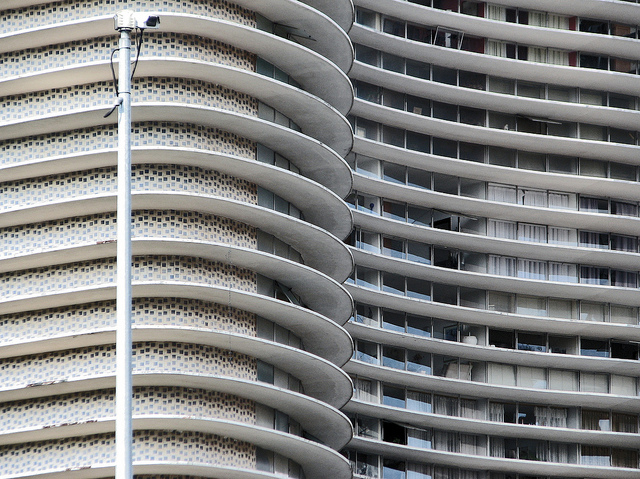An average of US$15.0 billion per year will flow out of the Middle East into direct real estate globally in the near-term, with investors from the region increasingly targeting U.S markets, according to the latest research from global property advisor CBRE Group.
The Middle East continues to be one of the most important sources of cross-regional capital into the global real estate market, with US$14.0 billion invested outside of the home region in 2014—the third largest source of capital globally. Qatar, driven by its sovereign wealth funds (SWFs), was by far the largest source of outbound capital with US$4.9 billion invested. Saudi Arabia has emerged as a significant new source of capital globally, investing US$2.3 billion in 2014, up from almost no reported investment in 2013.
The Middle Eastern investor base has expanded, fueled by weakening oil prices; this has led to a major shift in global investment strategies towards greater geographic and sector diversification, with activity spreading across gateway markets to second-tier locations in Europe and the Americas. A greater proportion of Middle Eastern capital is now targeting the U.S.—the US$5.0 billion invested globally in Q1 2015 was almost equally split between Europe and Americas, with New York, Washington, D.C., Los Angeles, and Atlanta targeted. London, while retaining the top position, is no longer as dominant, with a 32 per cent share of all Middle East outbound investment in 2014, compared to 45 per cent in 2013.
Middle Eastern investors are becoming more active across a wider range of sectors. This is clearly evident in the U.S. where, historically, these investors have bought office buildings and trophy hotels in New York, Los Angeles and other gateway markets. Competition from Chinese investors and other global capital sources means that these investors are increasingly seeking alternatives, such as Abu Dhabi Investment Authority’s $725 million acquisition this year of a 14.2 million-sq.-ft. industrial portfolio.
Private, non-institutional investors (property companies, high net worth individuals (HNWI), equity funds and any other form of private capital) have emerged as a major and increasing source of outbound capital from the Middle East. With a greater allocation to real estate and more concentration on geographical diversification away from the home region, the potential for non-institutional investors to expand their global real estate investments is of growing importance. Weaker oil prices are a strong contributing factor to this, triggering and accelerating global deployment of capital, with value-add investments in high demand. CBRE forecasts that global real estate investment by non-institutional capital from the Middle East will range from US$6.0 to $7.0 billion per annum in the near-term, if not higher, increasing from approximately US$5.0 billion per year during 2010 to 2013.
“Private capital from the Middle East is once again becoming a measurably more important investor group globally. The most immediate change will bring down the average lot size, as non-institutional investors tend to target assets at circa US$50.0 million. This extends naturally to a more diverse investment strategy—a trend already felt in the market so far in 2015 and is expected to become more pronounced in the next six to 18 months. In particular, we expect the Americas region to see more capital flows from the Middle East, with Europe less dominant than it has been over the last five years,” said Chris Ludeman, Global President, CBRE Capital Markets.

